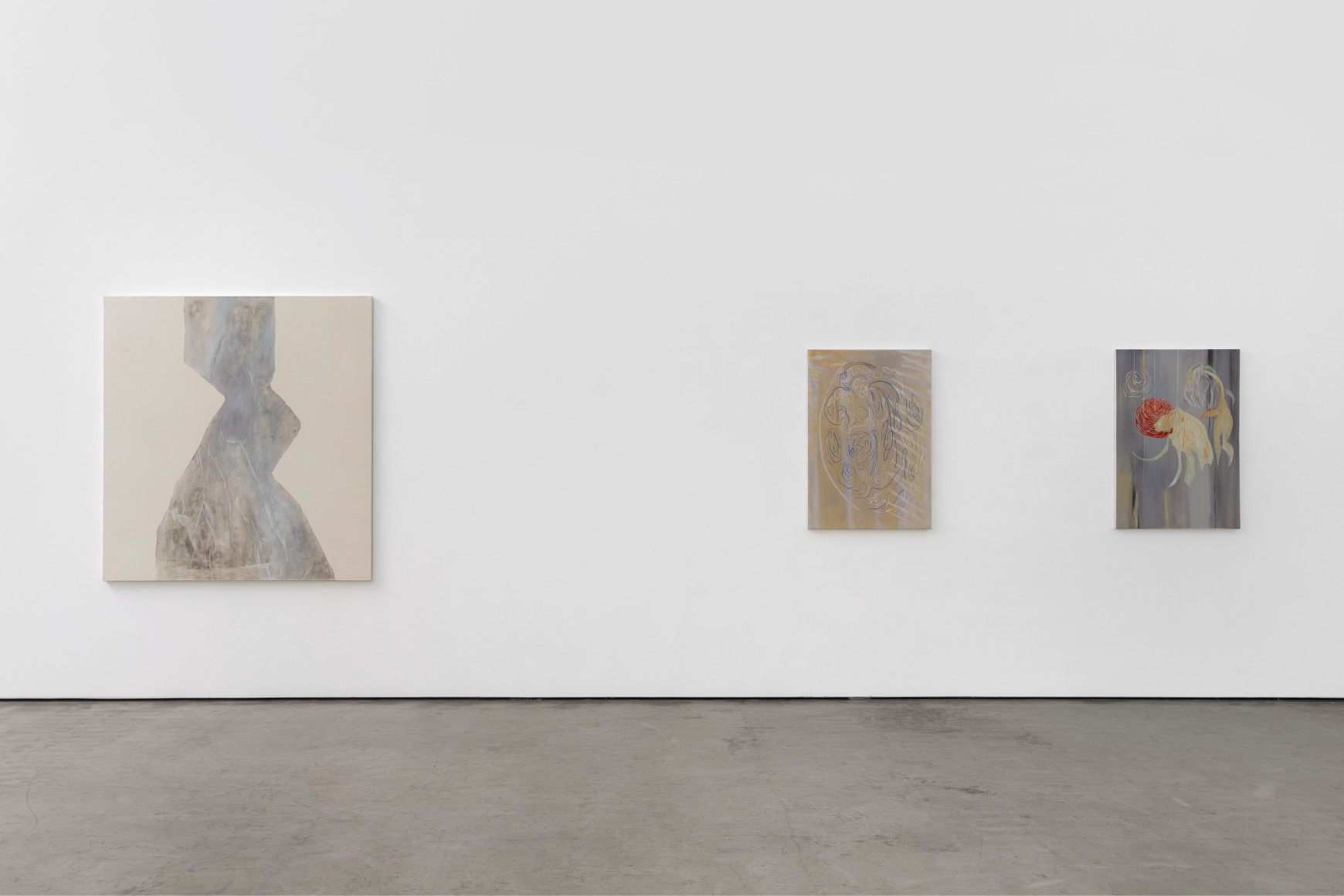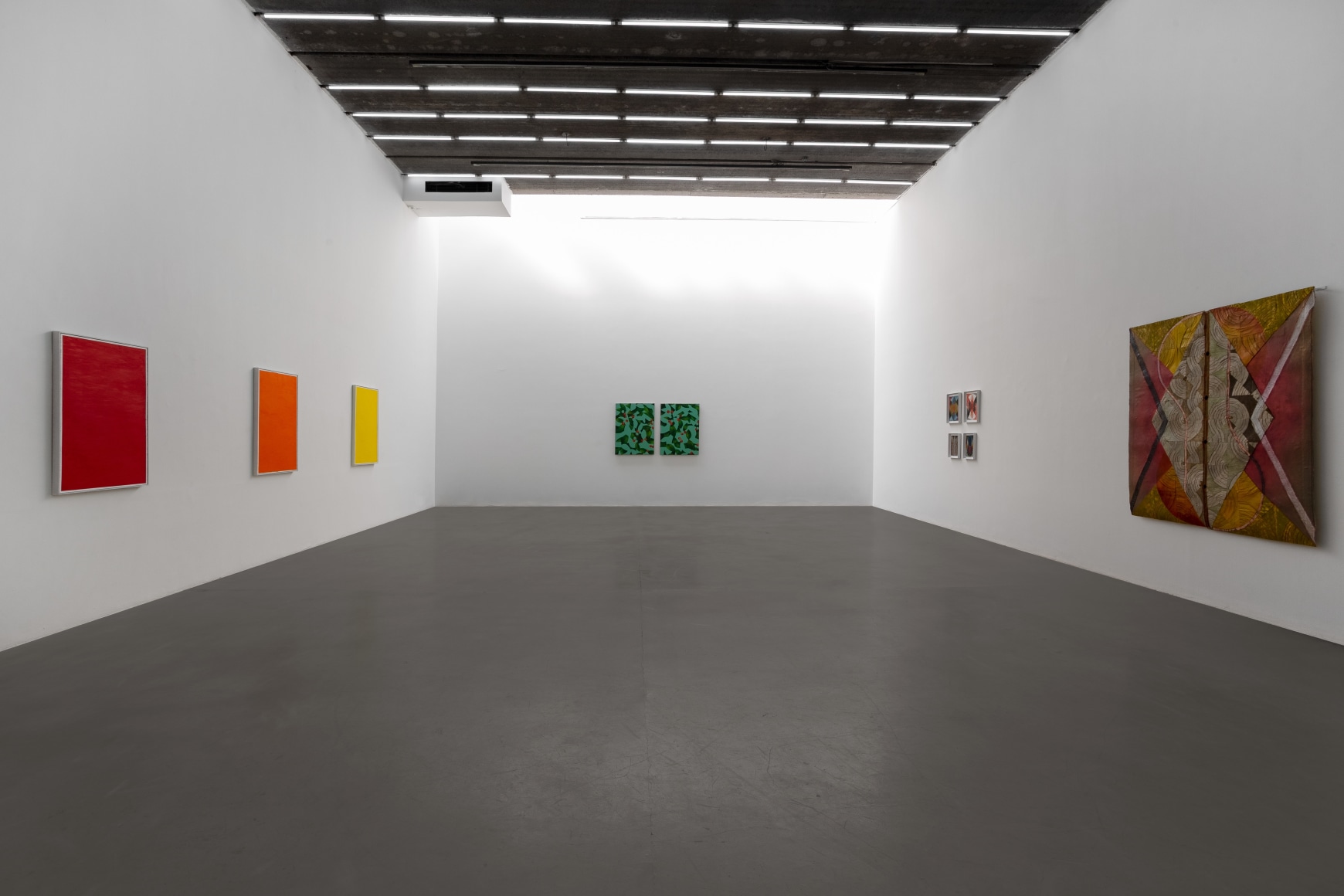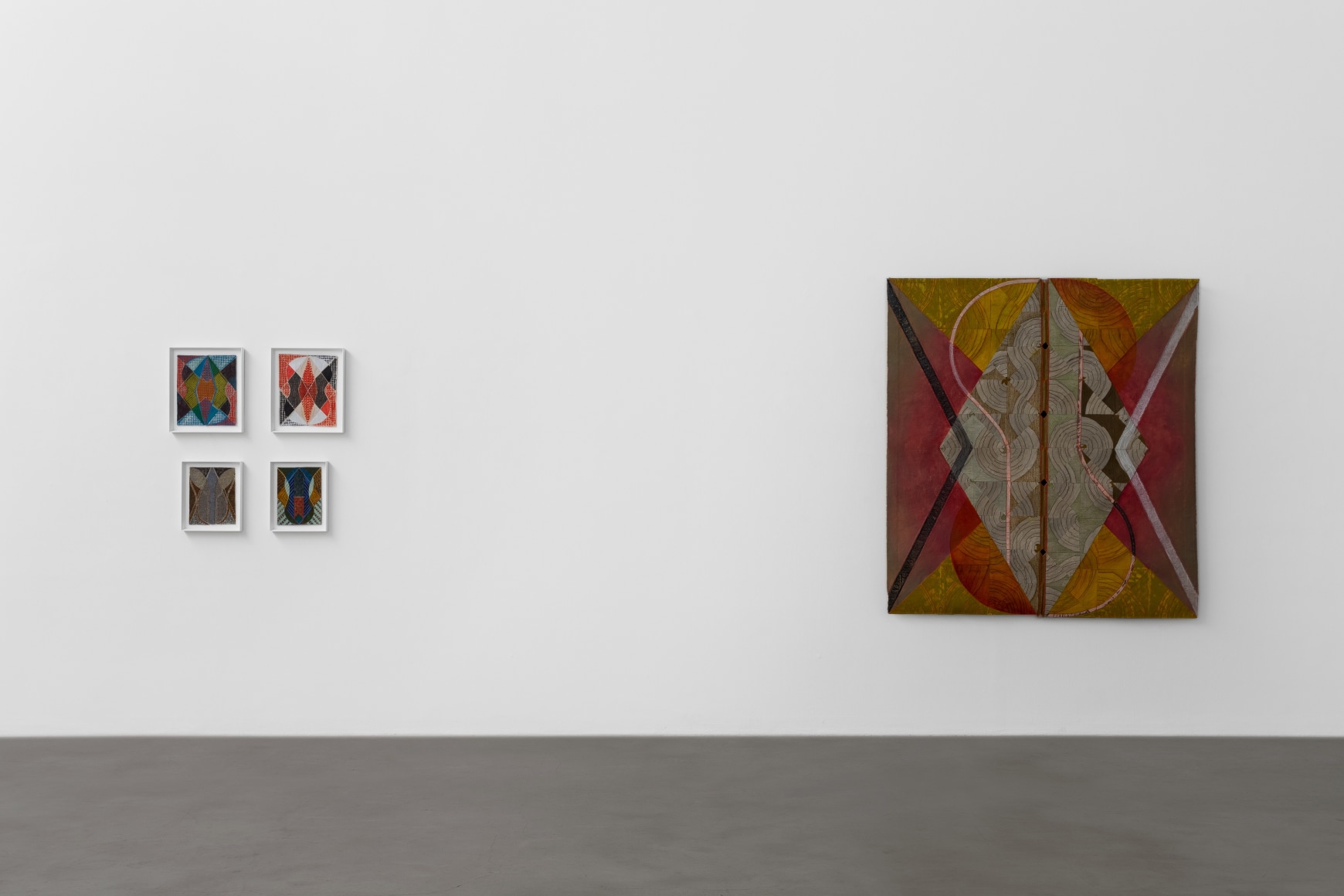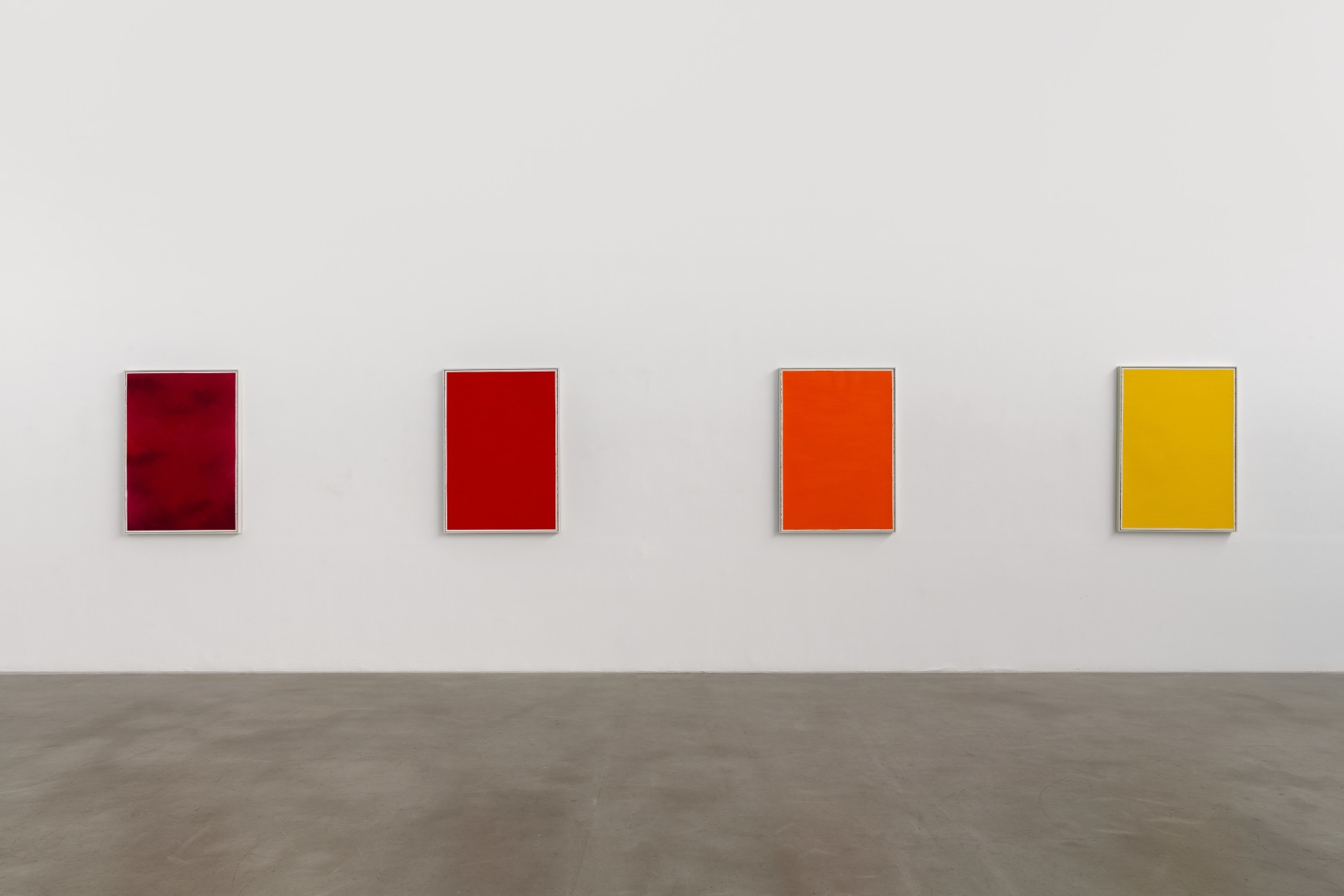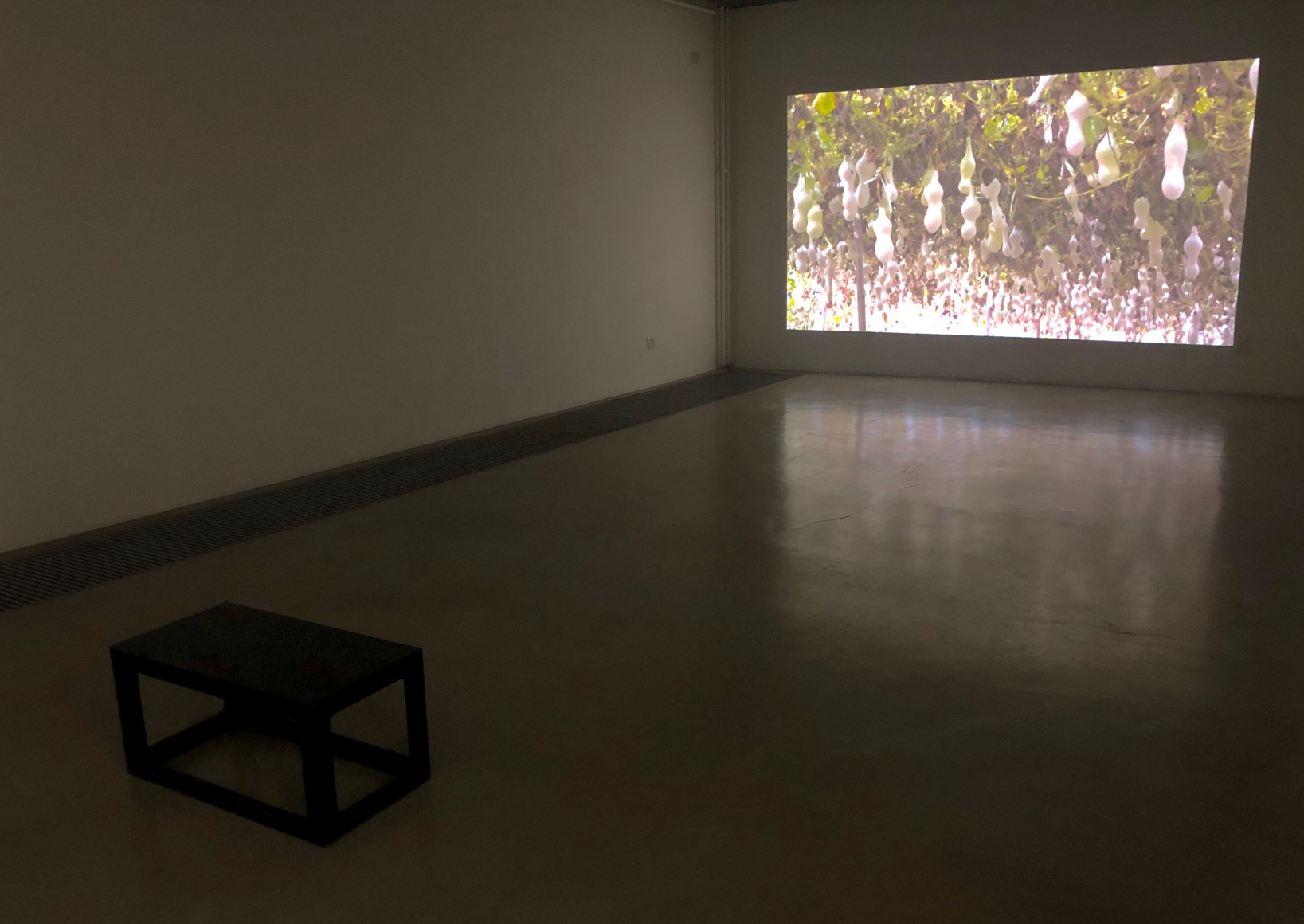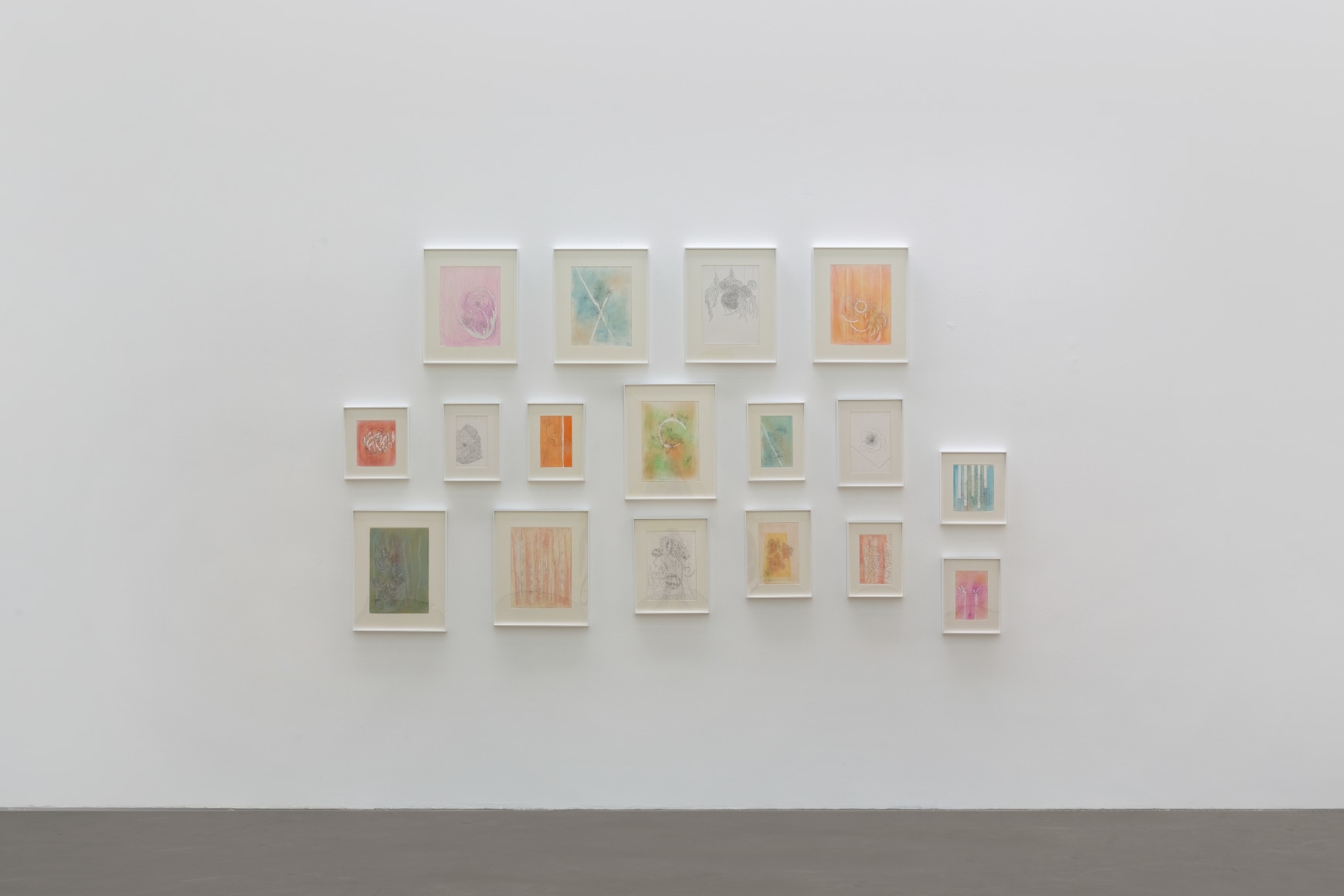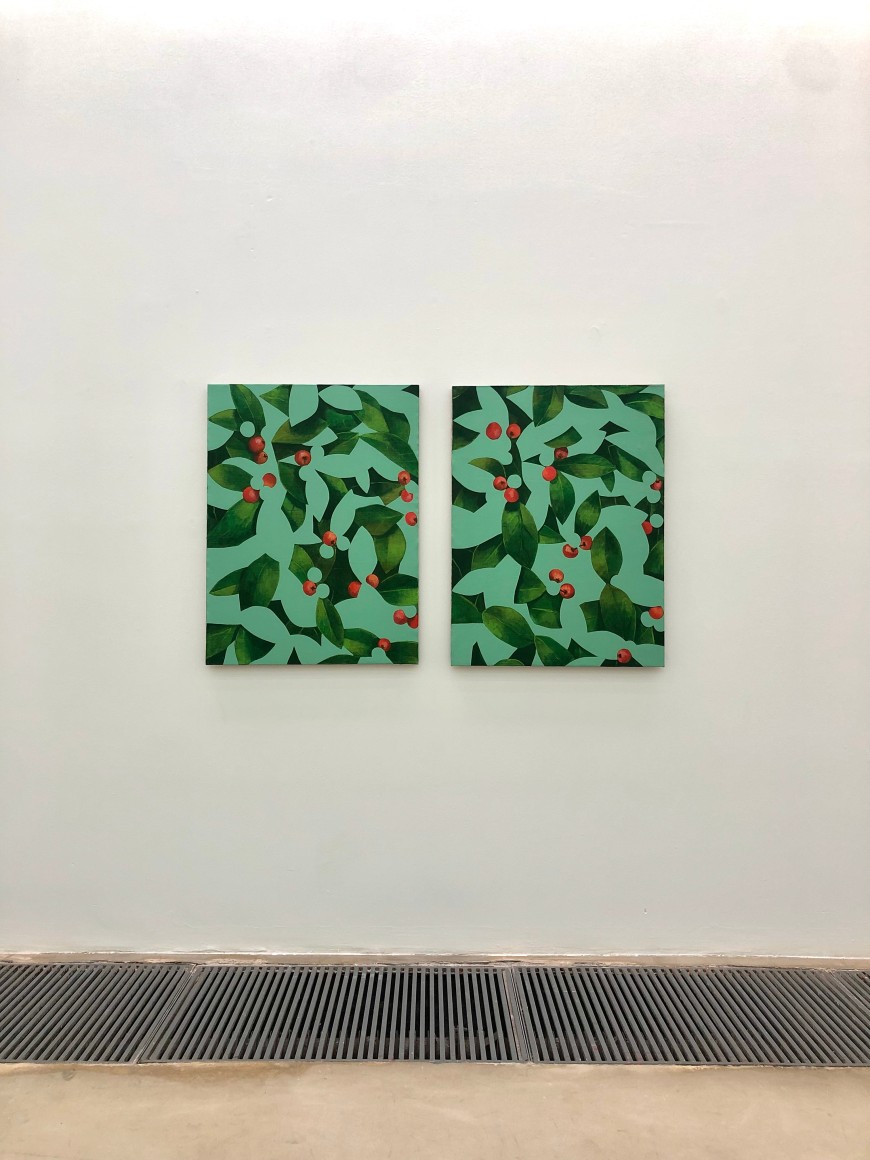Nature as Measure considers artists who layer natural forms with systems and structures. Although the use of grids, parameters, and processes in making their work references a rational and ordered architecture, Nature as Measure challenges the hubris and folly of human design, while also exploring the political and social ideologies embedded in everyday representations of nature. Here, systems are appropriations, or illusions, that in fact question the idea of rational beauty and the superiority of ordered systems, artistic or otherwise. The exhibition could similarly be titled “Nature as Culture,” each artist examining a cross-cultural, timeless, and innate human drive to infer cultural and historic meaning from our natural environment.
The exhibition title references an eponymously titled book by Wes Jackson—a pioneer of the sustainable agriculture movement who founded The Land Institute in 1976—in which he explores the tensions between a self-regulating ecosphere and the human drive to subject it to the demands of agricultural systems.
Nature as Measure is curated by Candice Madey of Stellar Projects—a curatorial and art consulting platform in New York.
The work of Cui Fei begins in the wild, accumulating large quantities of stones, thorns, seeds, or vine tendrils that, when returning to the studio, are incorporated into sculpture, works on paper, installations or further integrated into unexpected monoprinting and casting processes. The repetition of form in Cui Fei’s work follows the patterns of Chinese calligraphy and other pictograph-based languages, however, its meaning transcends the specificity of nation, culture or ethnicity in favor the universally accessible natural forms.
Julia Bland’s paintings are created through a wide range of traditional and invented techniques of working with fiber and oil paints. She cuts, dyes, weaves, paints, burns, collages and stitches her works in beautifully complex structures that are inseparable from their image—often suggesting universally recognizable archetypal forms such as vessels, serpents or hands. The color palettes and compositions are influenced by unique natural environments, and channel her sensory experiences of time and place into the patterns and architecture of her work.
Ryan Mrozowski is interested in how natural imagery is adopted for human use and the optical systems that connect, or disrupt, visual activity and mental images. Mrozowski approaches his work with a sense of play, using found and familiar images of plants and animals in unexpected sequences, pairings and inversions. His paintings and oil stick drawings challenge the notion that perception is ever direct or unmediated, and by extension, suggest the subjective and cultural nature of human-constructed designs of the natural world.
Jenny Perlin’s work in film, video, installation and drawing emerges from interdisciplinary research in history, literature and linguistics. In a series of red, orange, and yellow oil stick works on paper, Perlin addresses philosopher Henri Bergson’s assertion of orange as a space of connection and sympathy with its component parts, red and yellow. With the metaphor of the color spectrum, Bergson finds a method to help the reader actively visualize and experience his complex concepts about duration and intuition. As in much of Perlin’s practice, these works on paper render visible cultural and historic factors that underlie scientific and linguistic systems and our perception of natural and built environments.
Mary Simpson’s paintings, watercolors, and drawings have long alluded to mythologies of ancient and contemporary culture, referencing the human and natural forms through poetic abstractions. Following the 2016 U.S. presidential election, the work turned to more representative depictions of flowers in an attempt to address an unsettling political climate with blatant acts of beauty. The ongoing series of watercolors and ink drawings have since become a ritual-like act, or active form of meditation—whereby each day the artist is performing, replicating, and sequencing floral images in the studio.
Zhao Zhao has frequently used repeated forms or actions in his work as a form of insistent social and political commentary. In his recent video, the familiar gourd is shown in great numbers, a crop and a form with great significance in traditional Chinese culture, most notably suggesting good fortune and blessings. However, here the unnumerable gourds are shown growing in formed molds, revealing the commercial growing industry that attempts to create the perfect product for the mass markets. Far removed from its natural, or even a normal agricultural environment, Zhao Zhao questions the effects of forced conformity and commercialization on blessed objects, and by extension their audience.
About Candice Madey and Stellar Projects
In 2008, Candice Madey founded the pioneering Lower East Side gallery On Stellar Rays and, for ten years, directed a program that garnered international recognition for a dynamic roster of artists working in painting, photography, sculpture, performance, sound, and video. Frequent collaborations with colleagues in other disciplines placed her exhibitions in a unique dialogue with music, poetry, and literature. Madey closed the gallery in 2018 and founded Stellar Projects, a curatorial and art consulting platform that engages more experimentally with artists and collectors, curating projects that response to site and context. In 2019, she was a founding board member and appointed the first curator of the newly formed River Valley Arts Collective, an institution in the Hudson Valley, New York. Madey previously held positions at the Wexner Center for the Arts and Christie’s, and has consulted to numerous private collections and estates. She holds a BA in French and Art History and an MBA from The Ohio State University.
About the artists
Julia Bland (b.1986) grew up in California, and earned her B.F.A. from the Rhode Island School of Design in 2008 and her M.F.A. from Yale University in 2012. She has been an artist in residence at The MacDowell Colony; The Shandaken Project; Sharpe-Walentas Space Program; Lighthouse Works, Yaddo; Woodstock Byrdcliffe Guild; and the Skowhegan School of Painting and Sculpture, and was honored with the Milton and Sally Avery Fellowship; Carol Scholsberg Memorial Prize; Jacques and Natasha Gelman Trust Travel Fellowship; and the Florence Leif Award. The artist currently lives and works in Brooklyn, NY.
Cui Fei was born in Jinan, China, in 1970. She received her MFA in painting at Indiana University of Pennsylvania, and her BFA degree from the China Academy of Fine Arts.
Cui’s work has been exhibited at the Museum of Arts and Design, NY; Princeton University Art Museum, Princeton, NJ; Museum of Chinese in American, NY; Queens Museum of Art, NY; Aldrich Contemporary Art Museum, CT; Delaware Art Museum, Wave Hill, NY; Bronx Museum of Arts; Kunstgewerbe Museum, Dresden, Germany; Jeju Museum of Art, Korea, Rietberg Museum, Zurich, Switzerland, and the Museum of East Asian Art in Cologne, Germany. She is a recipient of the Pollock-Krasner Foundation Grant, the Artist’s Fellowship from the New York Foundation for the Art, Emerging Artist Fellowship from Socrates Sculpture Park, SIP fellowship from the Robert Blackburn Printmaking Workshop, and the Excellence in Arts Award from Bronx Council on the Arts. Her work is included in the permanent collections of the Princeton University Art Museum; The Tang Center for East Asian Art at Princeton University, and Light Work at Syracuse.
Ryan Mrozowski was born in 1981 in Pennsylvania and lives and works in Brooklyn, New York. Mrozowski’s work has been shown internationally and has been the subject of numerous solo exhibitions, including shadow nor prey, Galerie Nordenhake, Berlin, Germany (2018); Ryan Mrozowski, Hannah Hoffman Gallery, Los Angeles, CA (2017); Numb Tongue, Arcade Gallery, London, UK (2016); Open, Other, End, On Stellar Rays, New York, NY (2015); Flotsam, The Gardens, curated by Art in General, Vilnius, Lithuania (2014); A mouth that might sing, Pierogi, Brooklyn, New York, NY (2012). His work is part of the Schwartz Art Collection (Harvard Business School), Progressive Collection, the Vulcan Art Collection, the Eric Fischl Private Collection, and the Adam Clayton Private Collection.
Jenny Perlin (b. 1970, Massachusetts) currently lives and works in New York. She received her BA from Brown University in Literature and Society, her MFA from the School of the Art Institute of Chicago in Film, and postgraduate studies at the Whitney Independent Study Program, New York. Her films have been shown at numerous venues including the Guggenheim Museum, New York; Mass MoCA, Massachusetts ; MoMA, New York; Guangzhou Triennial, Canton: IFC Center, New York, Berlin and Rotterdam film festivals, the Drawing Center, New York; and The Kitchen, New York. Artist residencies include IASPIS Sweden, Wexner Center, Civitella Ranieri, ISCP, and commissions from Bard College CCS, Aldrich Museum, BAC Geneva, The Queens Museum, and Expo 02, Switzerland. Perlin’s work is in public collections including MoMA, Seattle Art Museum, the Five Colleges, MA, the School of the Art Institute of Chicago and numerous private collections.
Mary Simpson was born in Anchorage, Alaska and currently lives in New York. She received an MFA from Columbia University and attended the Whitney Independent Study Program. Her work has shown at Bortolami, On Stellar Rays, Rachel Uffner and Simone Subal, all New York; David Petersen, Minneapolis; Almine Rech, Brussels; Hilary Crisp, London; Seattle Art Museum; Boise Art Museum. Film Screenings, projects and lectures include the Artists Institute, The Kitchen, both New York; Henry Art Gallery, Seattle; CAM2, Madrid. She teaches at Cooper Union and Columbia University.
Zhao Zhao was born in Xinjiang, China, in 1982. He graduated with a BFA from the Xinjiang Institute of Arts from the department of Oil Painting in 2003. Zhao Zhao has exhibited Padiglione d’arte Contemporanea, Milan, Italy (2016); MoMA PS1, New York, NY (2014); Crossman Gallery, University of Wisconsin-Whitewater, Whitewater, WI (2014); Dahlem Museum of Art, Berlin, Germany (2013); Museum für Asiatische Kunst, Berlin, Germany (2013); Tianjin Art Museum, Tianjin, China (2013); Groninger Museum, Groningen, Netherlands (2013); Ullens Center for Contemporary Art, Beijing, China (2013); Pinchuk Art Center, Kyiv, Ukraine (2013); CAFA Art Museum, Beijing, China (2012); He Xianging Museum, Shenzhen, China (2011), Hong Kong Arts Centre, Hong Kong (2011), Kuandu Museum of Fine Art, Taipei, Taiwan (2011); MoCA Shanghai, Shanghai, China (2010); Kunsthalle Lophem Center for Contemporary Art, Lophem, Belgium (2010); and Iberia Center for Contemporary Art, Beijing, China (2010). Zhao Zhao currently lives and works in Beijing, China.

